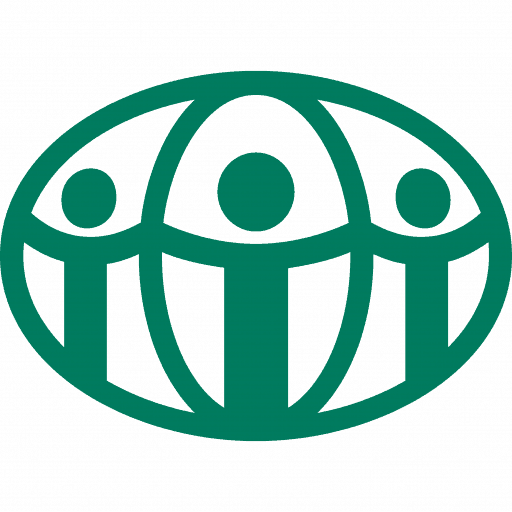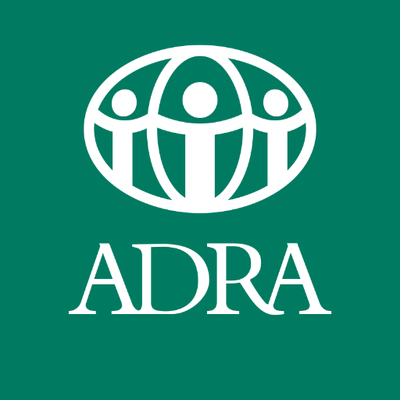Adventist Development and Relief Agency
Our Beginning
Soon after the end of the Second World War, the Seventh-day Adventist Welfare Service (SAWS), was created to aid those affected by serious disasters, which were becoming more and more frequent. SAWS was incorporated in Maryland, USA on November 13, 1956. To reflect the Church’s worldwide involvement, the name Seventh-day Adventist Welfare Service was changed to Seventh-day Adventist World Service in 1973.
1980’s
In 1983-1984, SAWS (The Seventh-day Adventist World Services), was eventually reorganized in 1983-1984 into ADRA to recognize the professional expertise that was brought to the table. The name SAWS was changed due to it not accurately explaining what the church was doing. So the name was changed to the Adventist Development and Relief Agency.
From 1985 to 1989, ADRA Canada ran 110 projects during its first few years as a registered charity. During those early years, ADRA Canada responded to 14 disasters. These disasters included floods, earthquakes, famines, conflicts, hurricanes, and even a volcanic eruption. For its development projects, ADRA Canada managed 96 projects, the majority of these were centred around water and agriculture. ADRA Canada began early in honing its expertise in these areas.
Our water projects from 1985-1989 were more than 30 in total. It benefited countless communities, schools, and hospitals. It also supported from than 20 agricultural projects.
1990’s
In the 1990s, ADRA Canada reached over 94 different countries with development and relief projects. In the 1990s, ADRA Canada responded to over 70 disasters, bringing comfort, help, and hope to many in need.
From 1992 to 1996, the war in Bosnia effectively cut off many of its citizens from the rest of the world. ADRA Canada sent shipments of aid to Sarajevo and the country at large and worked with the ADRA network response to bring much-needed help to those caught in the conflict.
The 1990s saw many disasters, both natural and man-made. In Rwanda, 1994, the genocide claimed 800,000 to 1 million lives and broke the hearts of many more. After the conflict, help and healing were in high demand.
ADRA Canada answered the call for help in Rwanda by strengthening educational institutions for a progressive future. ADRA helped build and renovate over 200 classrooms in 27 different sites throughout the country. ADRA also supported the rebuilding of orphanages, hospitals, and communities. Other programs such as skills and health training were also a part of ADRA’s response.
2000’s
In the early years of this century (2000-2010), ADRA Canada was able to reach over 94 different countries, changing lives for the better.
In the summer of 2003, a true firestorm engulfed 250 square kilometres near Kelowna, BC. 27,000 people were evacuated, leaving behind their homes. 239 of these homes were reduced to ashes. ADRA Canada responded immediately to this Canadian disaster through the operation of a warehouse distribution centre.
Of the many disasters from 2000-2010, ADRA Canada responded to more than 55 with emergency aid. In the early 2000s, Malawi was facing a food crisis. Rated as one of the poorest countries at the time, ADRA helped the people of Malawi to be better prepared for low rainfall. Food production technologies and new crops were introduced. Also, food assistance like maize was distributed.
ADRA helped the people of Malawi become more food secure.
2010’s
In 2016, ADRA Canada partnered with the Canadian Government to improve and save lives of women and children in remote regions of Cambodia, Burma (Myanmar), Philippines and Rwanda.
Named project EMBRACE and PROMISE, the project focused on reducing maternal and child mortality by building new health clinics, expanding some existing clinics, training community-based health workers such as nurses, midwives and community health volunteers.
EMBRACE was the largest program that ADRA Canada has administered. The EMBRACE program ran until March 2020.
ADRA is the official humanitarian agency of the Seventh-day Adventist Church. ADRA Canada works as part of the global ADRA network. Through this network, our reach extends into more than 100 countries. We work with communities in Canada and overseas to help them to lift themselves out of poverty, creating a brighter future.
OUR PURPOSE
To serve humanity so all may live as God intended.
OUR MOTTO
Justice. Compassion. Love.



